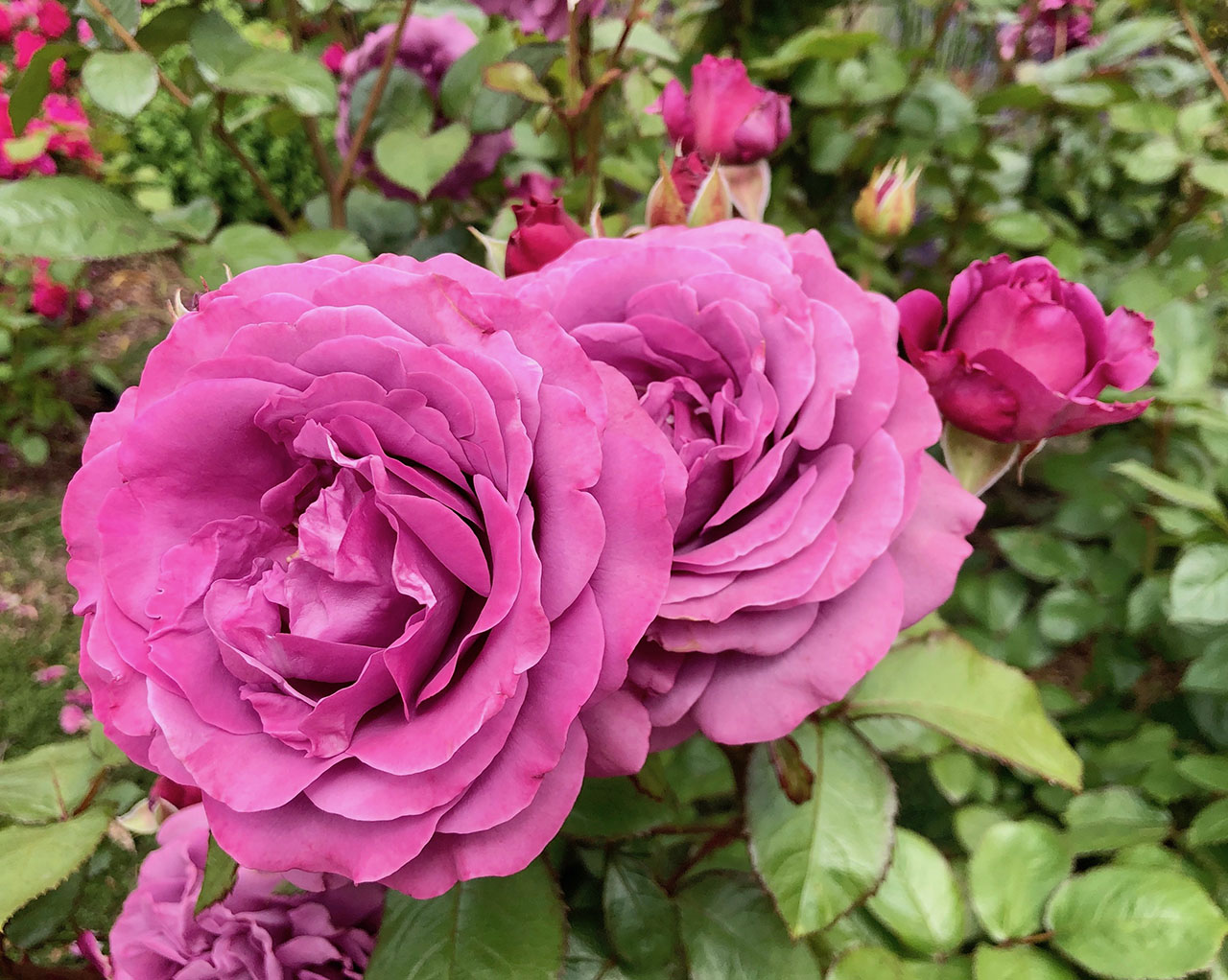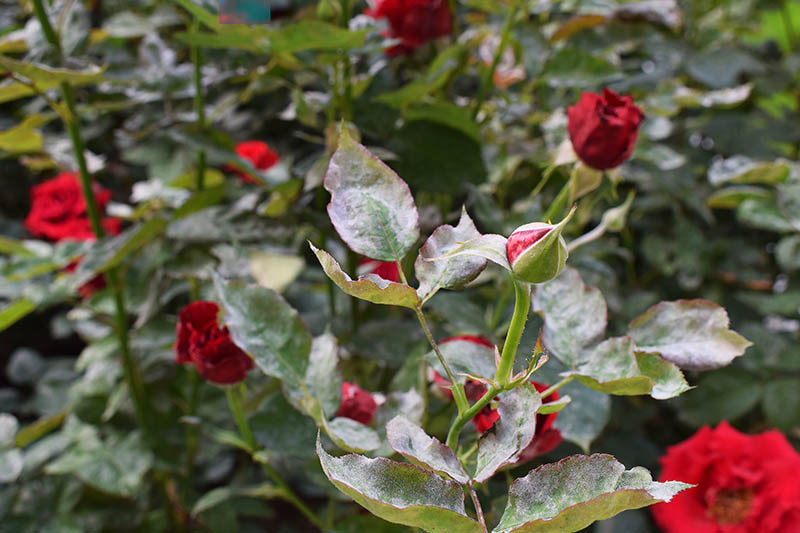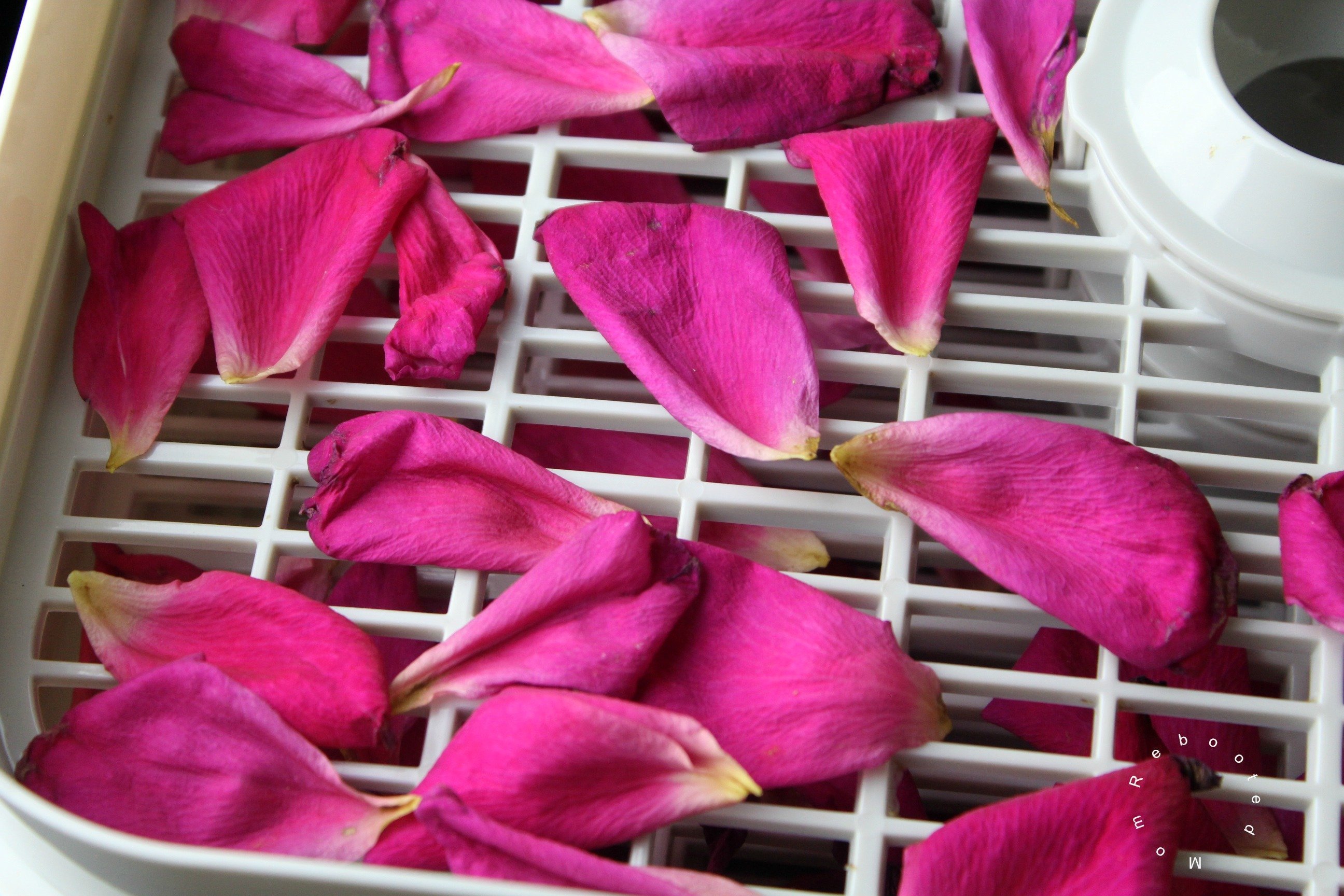Why Rose Petals Fall Off: Understanding the Reasons
Roses, with their delicate petals and vibrant colors, are a symbol of beauty and elegance. However, it’s not uncommon to notice rose petals falling off, leaving behind a trail of wilted, brown, or yellow petals. This natural process can be a source of concern for rose enthusiasts, leading to the question: what to do when rose petals fall off? To address this concern, it’s essential to understand the reasons behind petal drop.
Aging is a natural process that affects all living organisms, including roses. As roses bloom, their petals gradually wilt and fall off, making way for new growth. This process is a normal part of a rose’s life cycle, and it’s essential to recognize that it’s not always a cause for concern. Environmental factors, such as temperature fluctuations, humidity, and light exposure, can also contribute to petal drop. For instance, roses exposed to extreme temperatures or dry air may experience premature petal drop.
In addition to aging and environmental factors, pest or disease issues can also cause rose petals to fall off. Pests like aphids, whiteflies, and spider mites can weaken the plant, leading to petal drop. Fungal diseases, such as black spot and powdery mildew, can also cause rose petals to fall off. Understanding the underlying reasons for petal drop is crucial in determining the best course of action to address the issue.
Identifying the Cause: Is It a Problem or a Normal Process?
When rose petals fall off, it’s essential to determine whether it’s a sign of a problem or a normal part of the rose’s life cycle. To do this, observe the petals and the plant as a whole. Check for any signs of disease, pests, or nutrient deficiencies. Look for yellowing or browning leaves, black spots, or powdery mildew, which can indicate fungal diseases. Inspect the stems and leaves for pests like aphids, whiteflies, or spider mites.
If the petals are falling off due to aging, they will typically drop off gradually, starting from the outer petals and working their way inward. The petals may also turn yellow or brown before falling off. In this case, what to do when rose petals fall off is simply to enjoy the new blooms that will emerge.
However, if the petals are falling off prematurely, it may be a sign of a problem that needs to be addressed. Check the soil moisture, as overwatering or underwatering can cause petal drop. Ensure the rose is receiving adequate sunlight and nutrients. If the problem persists, consider consulting with a gardening expert or taking a sample of the plant to a nursery for further guidance.
How to Prevent Rose Petals from Falling Off Prematurely
To prevent premature petal drop, it’s essential to provide your roses with the right conditions to thrive. One of the most critical factors is proper watering. Roses need consistent moisture, especially during hot weather. However, overwatering can be detrimental, leading to root rot and petal drop. Check the soil daily, and water only when the top inch of soil feels dry to the touch.
Fertilization is another crucial aspect of rose care. Feed your roses with a balanced fertilizer during the growing season (spring and summer) to promote healthy growth and blooming. Avoid overfertilizing, as this can cause weak growth and petal drop.
Pruning is a vital technique in preventing premature petal drop. Remove any dead, diseased, or damaged branches, as these can spread disease and encourage petal drop. Prune your roses regularly to promote air circulation, reduce humidity, and encourage healthy growth. When pruning, make clean cuts, and remove any weak or spindly growth.
In addition to these techniques, what to do when rose petals fall off is to monitor your roses regularly for signs of pests or disease. Inspect your plants frequently, and take action promptly if you notice any issues. By following these tips, you can help prevent premature petal drop and enjoy beautiful, healthy blooms.
The Role of Humidity and Temperature in Rose Petal Health
Rose petals are sensitive to humidity and temperature, which can significantly impact their health and longevity. High humidity can lead to fungal diseases, such as black spot and powdery mildew, which can cause petals to fall off. On the other hand, low humidity can cause petals to dry out and drop off prematurely.
Ideal humidity levels for roses range from 40% to 60%. To maintain optimal humidity, consider using a humidifier or grouping plants together to create a microclimate. Avoid placing roses near heating or cooling vents, fireplaces, or drafty windows, which can disrupt humidity levels.
Temperature also plays a crucial role in rose petal health. Most roses thrive in temperatures between 65°F and 75°F (18°C and 24°C). Avoid placing roses near extreme temperature sources, such as radiators, air conditioning units, or ovens. Sudden temperature fluctuations can cause stress, leading to petal drop.
When rose petals fall off due to humidity or temperature issues, what to do when rose petals fall off is to adjust the environment to create optimal conditions. By maintaining a stable and healthy environment, you can promote healthy growth, prevent petal drop, and enjoy beautiful blooms.
Common Pests and Diseases that Cause Rose Petals to Fall Off
Rose petals can fall off due to various pests and diseases that affect the plant. Some common culprits include aphids, whiteflies, and spider mites, which can suck the sap from the plant, causing petals to drop. These pests can also transmit diseases, such as rose rosette disease, which can lead to petal drop and distorted growth.
Fungal diseases, such as black spot, powdery mildew, and rust, can also cause rose petals to fall off. These diseases thrive in humid environments and can be spread by water, wind, or contact with infected plants. Bacterial diseases, like bacterial leaf spot and crown gall, can also cause petal drop and other symptoms.
When rose petals fall off due to pests or diseases, what to do when rose petals fall off is to identify the underlying cause and take prompt action. Inspect your plants regularly, and look for signs of infestation or infection, such as tiny eggs, white powdery residue, or black spots. Remove infected leaves or stems, and treat the plant with organic or chemical solutions, such as neem oil, insecticidal soap, or fungicides, to prevent the spread of the disease.
By being aware of these common pests and diseases, you can take proactive steps to prevent petal drop and maintain healthy, thriving roses.
Organic and Chemical Solutions to Treat Rose Petal Problems
When rose petals fall off due to pests or diseases, what to do when rose petals fall off is to treat the underlying issue. Organic and chemical solutions can be effective in controlling pests and diseases, promoting healthy growth, and preventing petal drop.
Organic solutions, such as neem oil, insecticidal soap, and horticultural oil, can be used to control pests like aphids, whiteflies, and spider mites. These solutions work by disrupting the pest’s life cycle, preventing them from reproducing and causing further damage.
Chemical solutions, such as fungicides, can be used to treat fungal diseases like black spot, powdery mildew, and rust. These solutions work by killing the fungal spores, preventing the disease from spreading and causing further damage.
It’s essential to read and follow the label instructions when using any pesticide or fungicide, as improper use can harm the plant, the environment, and human health. Always choose a solution that is specifically designed for roses and the specific pest or disease you’re trying to control.
In addition to using organic and chemical solutions, maintaining good garden hygiene, such as removing infected leaves and stems, and disposing of debris, can help prevent the spread of pests and diseases.
Pruning and Deadheading: The Key to Encouraging New Blooms
Pruning and deadheading are essential techniques for promoting new blooms and maintaining rose petal health. When rose petals fall off, what to do when rose petals fall off is to prune and deadhead the plant to encourage new growth and prevent further petal drop.
Pruning involves cutting back the stems of the rose plant to promote healthy growth and encourage new blooms. This technique helps to remove dead or damaged wood, improve air circulation, and increase sunlight penetration, all of which can help to prevent petal drop.
Deadheading, on the other hand, involves removing spent blooms from the plant to encourage new flowers to grow. This technique helps to redirect the plant’s energy from seed production to flower production, resulting in more blooms and healthier petals.
When pruning and deadheading, it’s essential to use clean and sharp tools to prevent the spread of disease. Make cuts at a 45-degree angle, and remove any weak or damaged growth. This will help to promote healthy growth and prevent petal drop.
By incorporating pruning and deadheading into your rose care routine, you can encourage new blooms, maintain healthy petals, and prevent premature petal drop. Regular pruning and deadheading can also help to improve the overall appearance of your roses, making them a beautiful addition to any garden or landscape.
Maintaining Healthy Roses: A Long-Term Care Strategy
Maintaining healthy roses requires a long-term care strategy that includes regular maintenance, monitoring, and adaptation to changing conditions. By following a comprehensive care plan, you can prevent premature petal drop, promote healthy growth, and enjoy beautiful blooms for years to come.
A key component of a long-term care strategy is regular maintenance. This includes tasks such as watering, fertilizing, pruning, and deadheading, which should be performed on a regular schedule to ensure the health and well-being of your roses.
Monitoring your roses is also crucial in maintaining their health. Keep an eye out for signs of pests or diseases, and take action quickly if you notice any problems. Regular monitoring can help you catch issues early, preventing them from causing significant damage to your plants.
Adapting to changing conditions is also essential in maintaining healthy roses. Be prepared to adjust your care routine in response to changes in weather, soil quality, or other environmental factors. By being flexible and responsive to your roses’ needs, you can ensure they continue to thrive.
When rose petals fall off, what to do when rose petals fall off is to assess the underlying cause and take corrective action. By following a long-term care strategy, you can prevent premature petal drop, promote healthy growth, and enjoy beautiful blooms for years to come.
Remember, maintaining healthy roses is an ongoing process that requires regular attention and care. By following a comprehensive care plan, you can ensure your roses remain healthy, vibrant, and beautiful for years to come.









